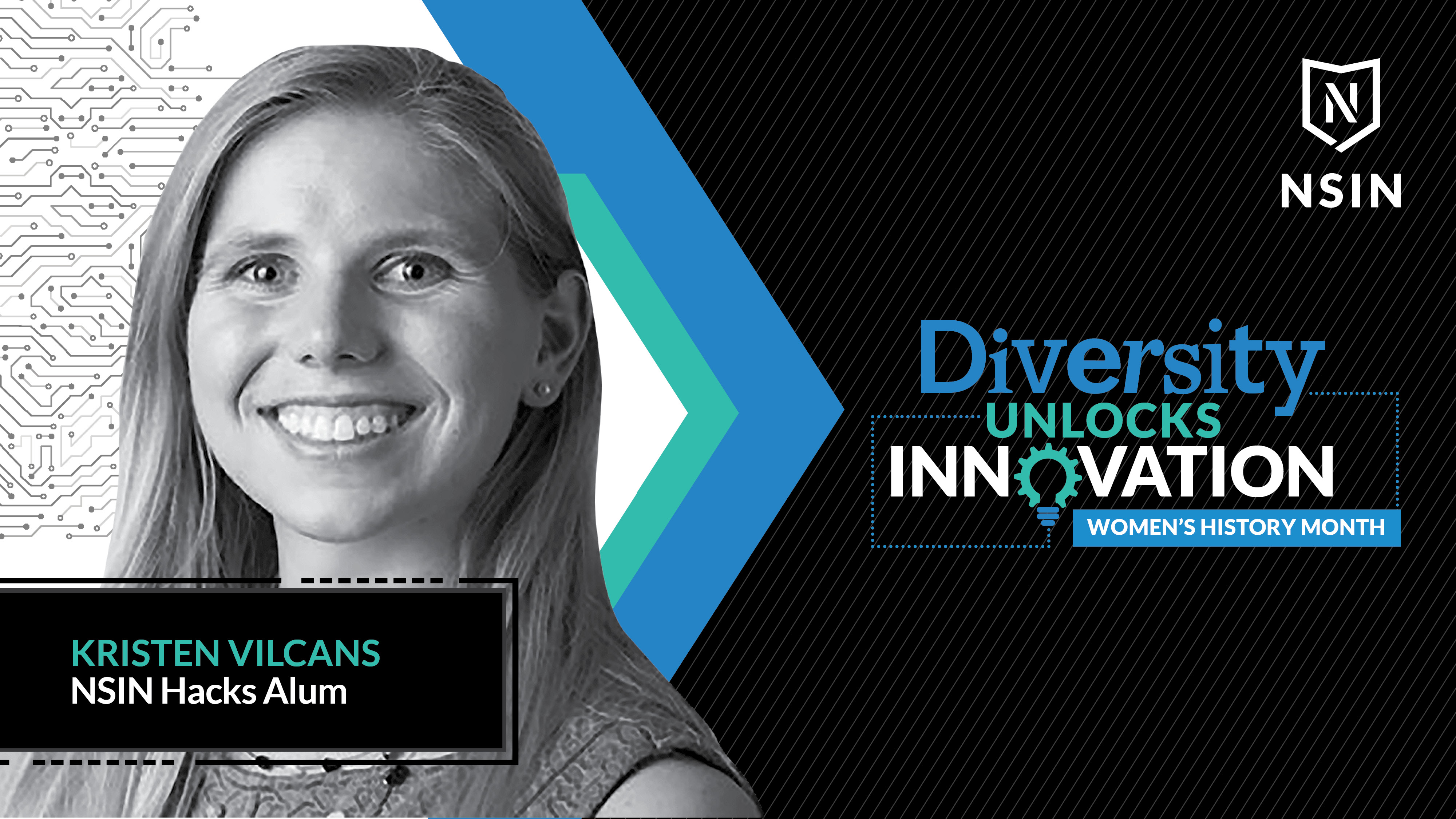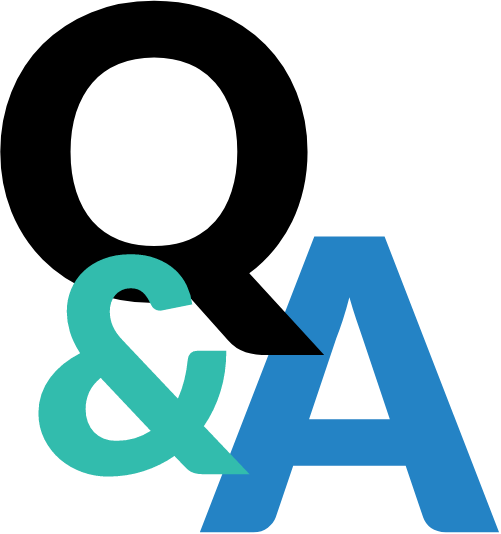
Kristen Vilcans - Emerging Leader


NAME: Kristen Vilcans
NSIN AFFILIATION: NSIN Hacks Winner
AFFILIATION: Fellow, MIT System Design and Management; COO, Ubicept
STATE: Alabama
Q: What inspired you to explore the national security community? Do you have a connection to the Military/Government Service?
I believe in providing our soldiers with the best capabilities possible, so that if they need to enter into conflict, they have the tools, capabilities, and solutions to complete their mission and return home. I also believe in the role of defense and deterrence to maintain security and freedom for our nation, and that inspires me to deliver the best capabilities possible to our soldiers.
In terms of connection to the national security community, in my previous role at Draper I was a systems architect for strategic government systems. Also, my husband is a Marine and my father was an Air Force civilian for more than 30 years.
Q: As a woman, how is the national security community different for you?
Throughout my career, I’ve been fortunate to be surrounded by an inclusive, creative, and dedicated community where I was able to mature technically and professionally. I credit this directly to leadership present in the community, noting how it was that leadership that directly defined the environment.
And this shapes how I lead today – noting that the tone and values I set will carry, ripple, and multiply throughout an organization.
Q: What legacy do you want to leave for the next generation of women professionals in the innovation ecosystem?
I want to create a legacy where individuals have the chance to rise and fall based on their contribution and the value they add to an organization, with their gender neither helping nor hurting their ability to excel in the workplace. To do this within whichever organizations I have the chance to touch, I hope to create a lasting culture where each team member has the support, leadership, community, and environment to contribute each day and enjoy what they do. My goal is to create a culture of excellence, problem-solving, teaming, and integrity that resonates and ripples throughout the organization.
I also hope to create an appetite for creating and adding value. I want to create problem-focused organizations that add direct value to users, growing my teams with the skills to creatively, technically, and responsibly solve problems with the user at the center.
Q: Do you remember a moment when you saw a difference for women in the professional world? What do you remember? How did it impact your work?
One particular challenge that stays with me is the effect that school and day-care closures during COVID-19 had on working parents, notably working mothers. I believe in creating an environment where each team member has the resources to succeed and contribute, and that is especially applicable for the parent who both wants to continue contributing and growing in their career, but also wants to be there for their child. This challenge doesn’t go away now that the closures from COVID-19 are leaving us; however, it brings attention to a problem that working mothers have struggled with for much longer. Although I am an advocate for in-person interaction and teaming whenever possible, I believe hybrid work structures can play a key role in moving the needle for working mothers.
Q: What books, podcasts, or thought leaders do you recommend when it comes to Women’s History Month and understanding the issues facing women in the workplace?
When I think about Women’s History Month, I think back to how our culture and women’s role in the workplace has evolved, especially over the past 200 years. I find the best way to reflect is by looking back at history and the norms of different ages, especially looking at the changes that occurred during WWII as a reminder of the transformation women’s role in the workplace underwent in only one generation.